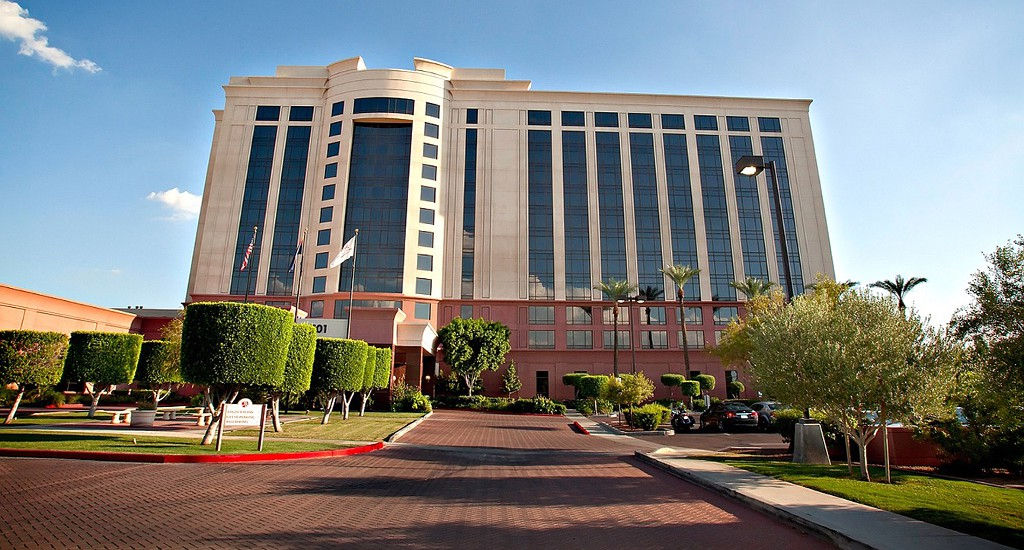Venue & Hospitality
Welcome to the Official Attendee Housing Site for the 6th International Conference and Exhibition on Biosensors & Bioelectronics which will be held at Phoenix Airport Marriott (1101 N 44th St, Phoenix, AZ 85008) in USA.
Conference Dates: September 22-23, 2016
Hotel Services & Amenities
- Audio/Visual Equipment Rental.
- Business Center.
- Business Phone Service.
- Complimentary Printing Service.
- Express Mail.
- Fax.
- Meeting Rooms.
- Office Rental.
- Photo Copying Service.
- Secretarial Service.
- Telex.
- Typewriter.
- Video Conference.
- Video Messaging.
- Video Phone.
- ATM.
- Baggage Storage.



Transportation
Driving Directions to
Follow Airport exits, sign to 44th Street. Once on 44th street going North, Hotel is located just past Freeway 202, enterance to the hotel on right side
Route Map
About City
Phoenix is the capital, and largest city, of the state of Arizona. With 1,445,632 people (as of the 2010 U.S. Census), Phoenix is the most populous state capital in the United States, as well as the sixth most populous city nationwide. Phoenix is the anchor of the Phoenix metropolitan area, also known as the Valley of the Sun, which in turn is a part of the Salt River Valley. The city is the 13th largest metro area by population in the United States, with approximately 4.3 million people in 2010. In addition, Phoenix is the county seat of Maricopa County and is one of the largest cities in the United States by land area. Settled in 1867 as an agricultural community near the confluence of the Salt and Gila Rivers, Phoenix incorporated as a city in 1881. Located in the northeastern reaches of the Sonoran Desert, Phoenix has a subtropical desert climate. Despite this, its canal system led to a thriving farming community, many of the original crops remaining important parts of the Phoenix economy for decades, such as alfalfa, cotton, citrus and hay (which was important for the cattle industry). In fact, the "Five C's" (Cotton, Cattle, Citrus, Climate, and Copper), remained the driving forces of Phoenix's economy until after World War II, when high tech industries began to move into the valley.
